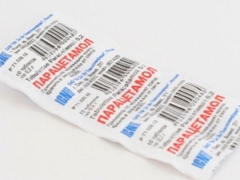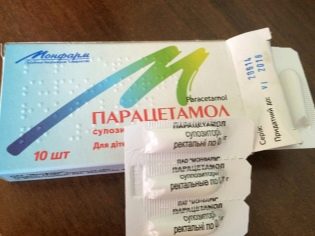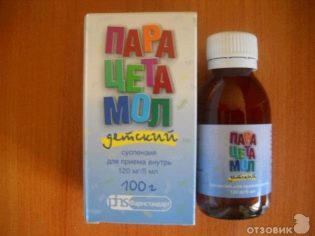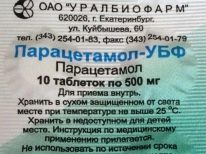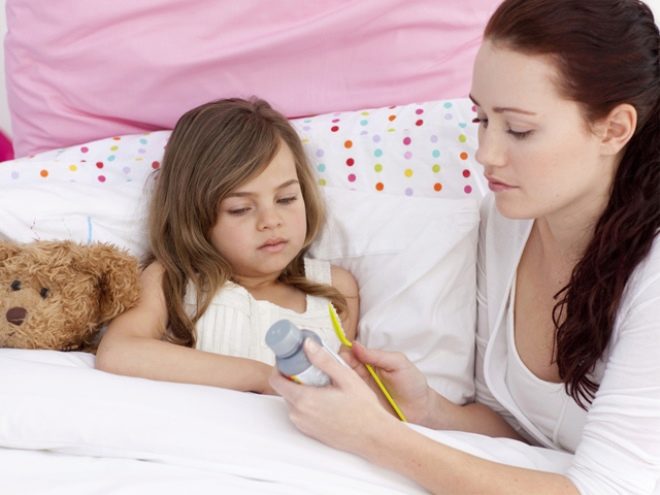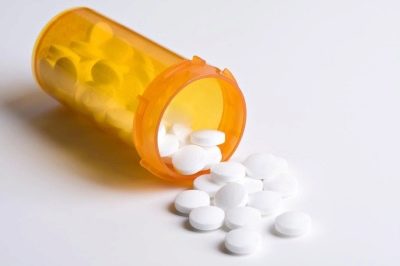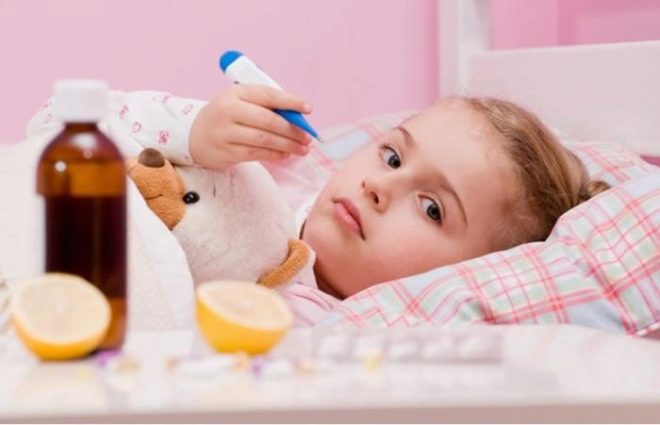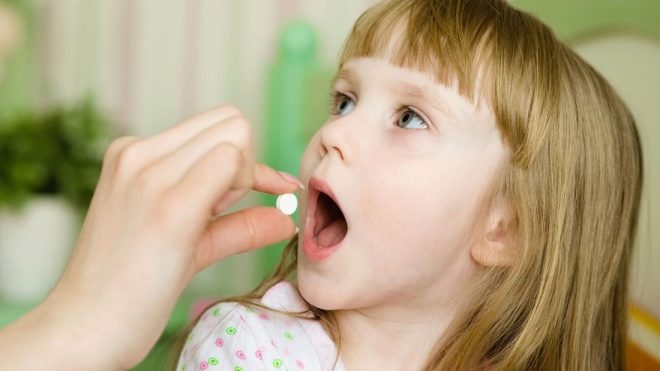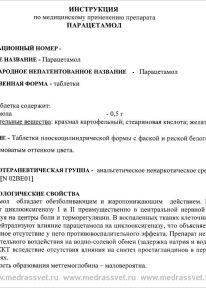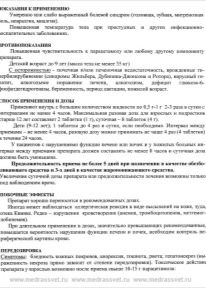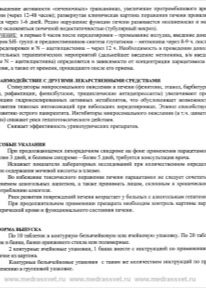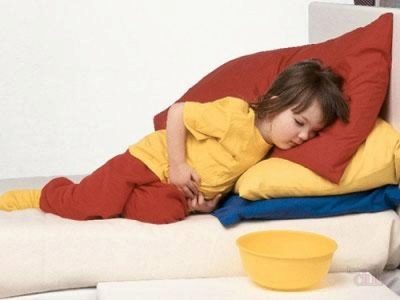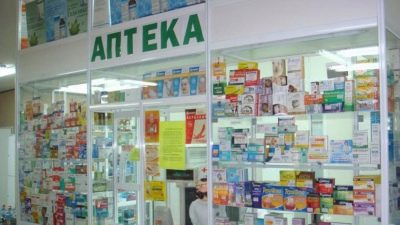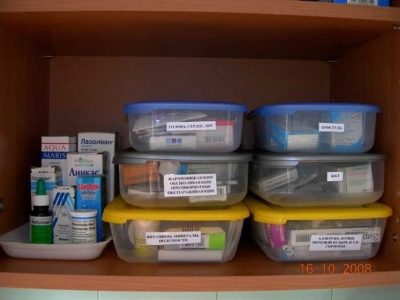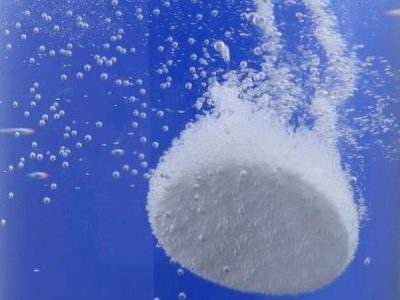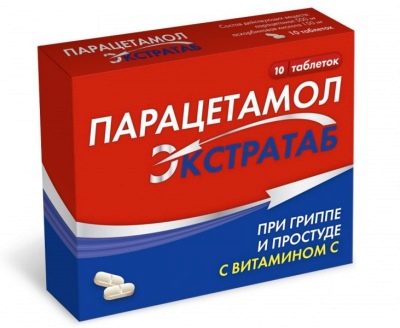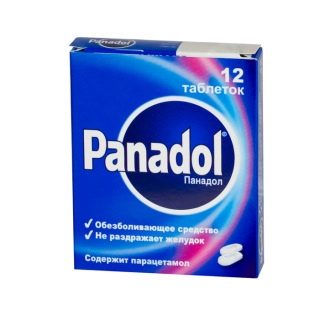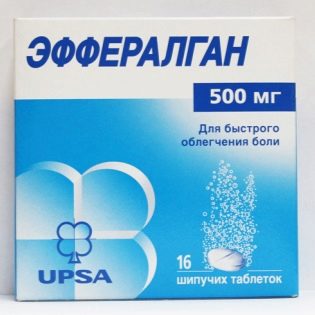Tablets "Paracetamol" for children: instructions for use and dosage
Among all the antipyretic drugs used in childhood, the most popular can be called "Paracetamol". It effectively knocks the temperature and helps to eliminate the pain of different localization. Especially for use in children such a drug is produced in the form of a sweet suspension and rectal suppositories. Depending on how old the child is, ordinary pills may be suitable for him.
Release form and composition
Tablets "Paracetamol" are produced by various pharmaceutical companies, so in pharmacies you can find not only medicine with this name, but also tablets, on the box of which there is a note about the manufacturer (such drugs are called "Paracetamol MS", "Paracetamol-LECT", "Paracetamol-UBF" and so on).
Usually the solid form of the drug looks like small round pills, which have a white color, but may be white-yellow or white-cream shade. They are packaged in blisters and sold in boxes of 10 pieces or more. The main ingredient of any of these medicines is also called paracetamol. Depending on its amount per tablet, the medicine is made in two dosages - 200 mg and 500 mg. Abroad tableted "Paracetamol" is also available in a dose of 325 mg.
Auxiliary components of drugs differ from different firms. Among them you can see gelatin, starch, povidone and other ingredients.
If the child has intolerance to such substances, they should be clarified in the annotations to the selected tablets.
Operating principle
After the tablets enter the stomach, paracetamol is absorbed quickly enough, after which this substance enters the bloodstream to the brain tissues and affects the centers of pain and thermoregulation. In these centers, cyclooxygenase is blocked by these compounds (these enzymes affect the synthesis of prostaglandins), as a result of which the pain is eliminated and the body temperature returns to normal.
In peripheral tissues, paracetamol is prevented cellular peroxidase. Because of their presence, the drug has practically no anti-inflammatory effect, but the pills also do not have a side effect on water-salt metabolism and gastric mucosa.
Indications
Tablets "Paracetamol" is used in various cases:
- As a febrifuge at elevated body temperature, caused by vaccination, childhood infection, influenza, or another disease.
- As a painkiller, if the pain is not expressed or moderate (for earache, headache, sore throat, toothache, and others).
Is it possible for children?
"Paracetamol" tablets are not used in the treatment of patients younger than six years. If a child is not yet 6 years old, for example, he is only 2 or 4 years old, then instead of a solid form, give Paracetamol in suspension or put candles. The medicine in these types is allowed from 3 months of age and is most often chosen for both children under 1 year old and for preschoolers. They are often used in children 7-8 years old or older, if it is difficult to swallow a pill for a child.
Contraindications
Tablets should not be given to small patients with the following features:
- Paracetamol intolerance or any auxiliary component.
- Peptic ulcer or erosive changes in the gastrointestinal wall.
- The absence of glucose 6 phosphate dehydrogenase in the body.
- Bleeding from the walls of the digestive tract.
In addition, the medicine is not used if the child has serious blood diseases, liver function is impaired, or renal failure is detected.
Side effects
Taking Paracetamol can cause itchy skin, rashes, or other signs of an allergic reaction. In rare cases, these pills have a negative effect on blood formation, the condition of the gastrointestinal tract or liver function. If any side effects appear, the medicine is advised to be canceled, and the child should be immediately show your doctor.
Instructions for use
“Paracetamol” is taken 1 to 3 times a day, swallowing a pill 1-2 hours after eating and washing it down with water. The dosage is determined based on the patient's age. If, say, a child is 7 years old, then 200 mg can be given at once, and in 14 years a single dosage is 500 mg. Age also affects the maximum permissible daily dose - it is 1.5 g for patients 6–9 years old, 2 g for children 9–12 years old and 4 g for adolescents 12 years and older.
The interval between taking pills should not be shorter than 4 hours. If the medicine is prescribed for pain, the duration of use is up to 5 days, longer treatment is possible only under the supervision of a physician.
If the pill is used for the antipyretic effect, then the course of administration should not exceed three days.
Overdose
If a child takes too many Paracetamol tablets, it will provoke vomiting, stomach cramps, dilution of stools, and other negative symptoms of gastrointestinal irritation. A very large dose of the drug is dangerous for the liver, and since signs of damage to this organ do not appear immediately and can lead to serious consequences, a child with an overdose must be examined by a doctor (even if his state of health is in order).
Combination with other drugs
Do not combine the reception of "Paracetamol" and other means based on the same active ingredient, because it will increase the risk of overdose. Without a doctor's prescription, it is also not recommended to give tablets along with other antipyretic drugs (for example, drugs of acetylsalicylic acid or ibuprofen).
In addition, the abstract to "Paracetamol" contains a rather large list of other drugs that are incompatible with it. If the child is taking any medication, it should be clarified whether it can be combined with such pills.
Terms of sale
Like other dosage forms, tablets “Paracetamol” are sold without a prescription. The price of the drug affects both the manufacturer and the size of the package. On average, 10 tablets containing paracetamol at a dose of 200 mg each, cost 3 rubles.
Storage features
Shelf life of the drug may vary from different manufacturers and is usually 3 years or 5 years. It is advisable to keep the medication at home at a temperature of up to +25 degrees, choosing a place inaccessible for children to keep it.
Reviews
About treatment tablets Paracetamol speak mostly positively. According to parents, such a drug has a pronounced antipyretic and analgesic effect, as well as good tolerability. The tablets are small, so it is usually easy to swallow them for a child 6-7 years old or older. The cost of this form of "Paracetamol" is called low, which also refers to the advantages of the drug. Among the shortcomings are often mentioned short duration (in most cases up to 4 hours).
"Paracetamol" in effervescent tablets
Such a preparation is produced by Hemofarm and is represented by plastic tubes, inside of which there are from 10 to 40 white round-shaped tablets. They contain 500 mg of paracetamol supplemented with lemon flavor, lactose, silicone emulsion, sodium saccharinate and some other substances. These effervescent tablets are prescribed. children over 6 years old. The drug is dissolved before taking in a glass of water.
If the patient is younger than 9 years old, he is given only half of the pill, but you can dissolve the whole pill, if there is such a need. Such “Paracetamol” is taken 1-3 times a day, and the maximum dosage is considered three effervescent tablets for a child of 6–9 years old, six effervescent tablets for a patient of 9–12 years old and 12 effervescent tablets for a child over 12 years old.
"Paracetamol Extratab"
A feature of this medication, which is produced in the form of white-yellow oblong tablets, is the presence of not only 500 mg of paracetamol, but also 150 mg of ascorbic acid. It is a solid analogue of Paracetamol Extra powders, approved from the age of six. Children 6-12 years old drug "Paracetamol Extratab" give 1/2 tablet up to 4 times a day, and a teenager over 12 years old takes one tablet at a time.
Analogs
A substitution of "Paracetamol" in tablets can be any other tablet preparation with the same active ingredient, for example, «Efferalgan"Or" Panadol ". Also, instead of these drugs, the doctor may recommend a remedy with a similar therapeutic effect, for example, «Ibuprofen, Mig 400, Faspik or Nurofen. The basis of such tablets is ibuprofen, which, like paracetamol, effectively knocks the temperature, but it acts a little longer (up to 6-8 hours).
In some cases, instead of such antipyretic drugs, the pediatrician may prescribe other tablets, for example, «Voltaren», «Nise», «Nimesil"," Analgin "," Next " or «Diclofenac». However, the use of these drugs without the supervision of a physician is not recommended, because such drugs have their own age restrictions and contraindications, and their action is due to various active substances.
For information on which medications to use as antipyretic, see the following video.
